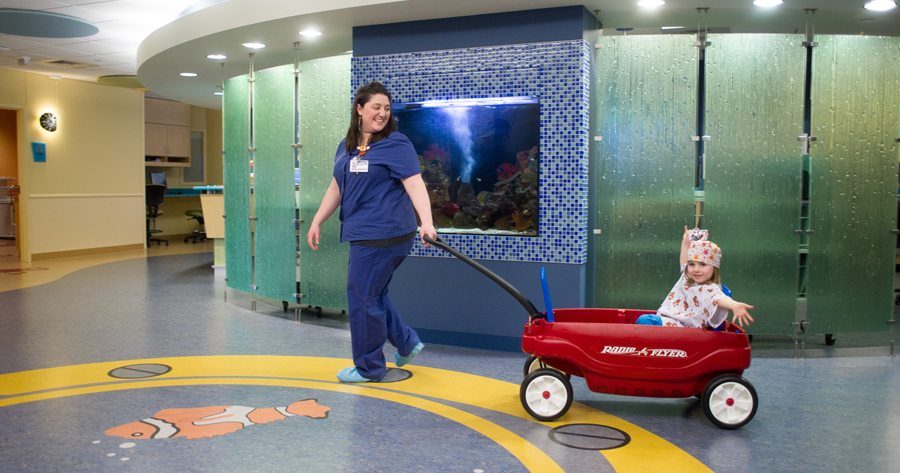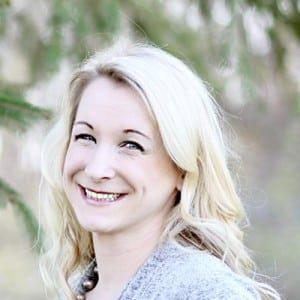
Home » Pooled income donor program helps Kadlec address unmet health needs
Pooled income donor program helps Kadlec address unmet health needs

May 16, 2018
Four years ago, the Kadlec Foundation kicked off a new donor program called K-Life to allow people to make an investment in local health care while enjoying the tax savings benefits of a charitable trust.
K-Life uses a pooled income fund with three major benefits: bypassing capital gains taxes, increased lifetime income and a partial income tax deduction.
The tax benefits sound almost too good to be true, even to Kadlec Foundation’s Chief Development Officer Chris Garratt who remembered having similar doubts when he first heard about the program.
“I thought, ‘What’s the catch?’ How can you make a donation, get the tax deduction, earn income for life and impact health care? But for the donor, it’s as simple as it gets. This is as guaranteed as you can possibly find,” he said.
The catch is the law of numbers, Garratt said.
Today, K-Life has 30 donors contributing to the program with $1.8 million in the pool.
To date, K-Life has distributed more than $1.6 million to Kadlec to pay for a variety of needed capital projects.
“It becomes a source of capital for the hospital, and it’s very unique,” he said, adding that Kadlec is one of the few hospitals around with this program. “It’s a huge benefit to the Tri-Cities to have this.”
Here’s how it works: Kadlec Foundation sells all assets contributed to K-Life, adds the proceeds to other cash contributions and invests the money in a medical building leased to Kadlec, the Tri-City Regional Surgery Center building on Goethals Drive.
Currently, rental income is distributed to donors at an annual amount of 6.2 percent of the initial gift. Kadlec’s share helps augment its nursing program or free mammography program, for instance.
“K-Life helps eliminate the financial barriers that some women face when deciding whether they can get a mammography. There are some women who cannot afford to get it,” Garratt said. “Just in 2017, 376 women used this service—and several found very early stages of cancer.”
Barbara Wood, a Kadlec volunteer and K-Life donor, lives by the saying, “Give your money while you’re living so you know where you’re giving.”
To her, supporting local health care that directly affects her neighbors is a win-win.
“As you get older, you like to have a source of income that is secure. To get 6 percent in this environment that is secure is not that easy,” she said. “And the hospital gets to use the money right away. The technical equipment may help you or us, the person that donates this, or their family in the future.”
Garratt said it’s not uncommon for donors to have specific programs they like to support, oftentimes because of an experience they went through.
“If donors are only interested in donating through Kadlec to the NICU (Neonatal Intensive Care Unit), they can do that, even in the K-Life program, and that’s a really cool thing,” he said.
K-Life funds can be directed by the donor or the money can go to the general account where the board will address any unmet health needs, Garratt said.
“Foundations and charitable givings are becoming more and more of a necessity to fund our hospitals,” Garratt said.
Dr. Ted Samsell, a K-Life donor and member of Kadlec’s Board of Trustees, said participating in K-Life by giving securities is a way many people can donate more efficiently.
“There are people who bought stocks a long time ago and have been sitting on them. They may not realize that there will be a heavy tax,” he said. “K-Life is a great way to get a tax benefit and feel good about directly making a difference in our community.”
Donors must be older than 60 to qualify for the K-Life program with a minimum contribution of $10,000. There are three ways to give: cash, appreciated securities and marketable real estate. For more information, visit kadlec.org/foundation/give/k-life or call 509-942-2661.
Retirement
KEYWORDS may 2018





